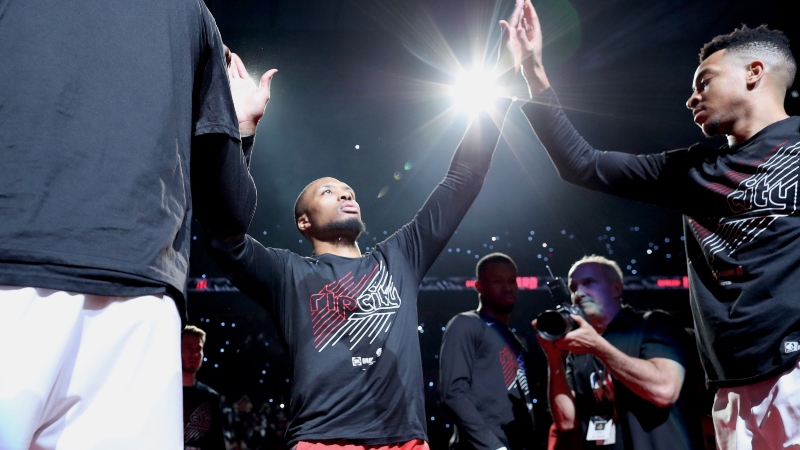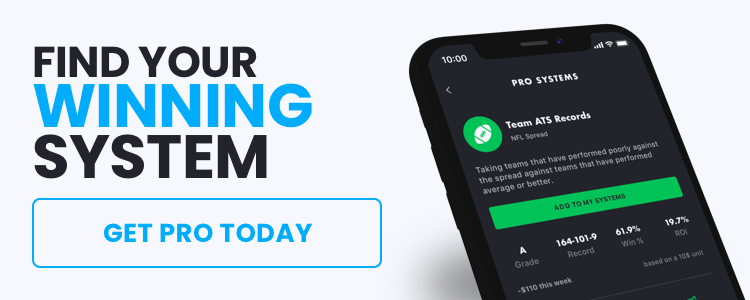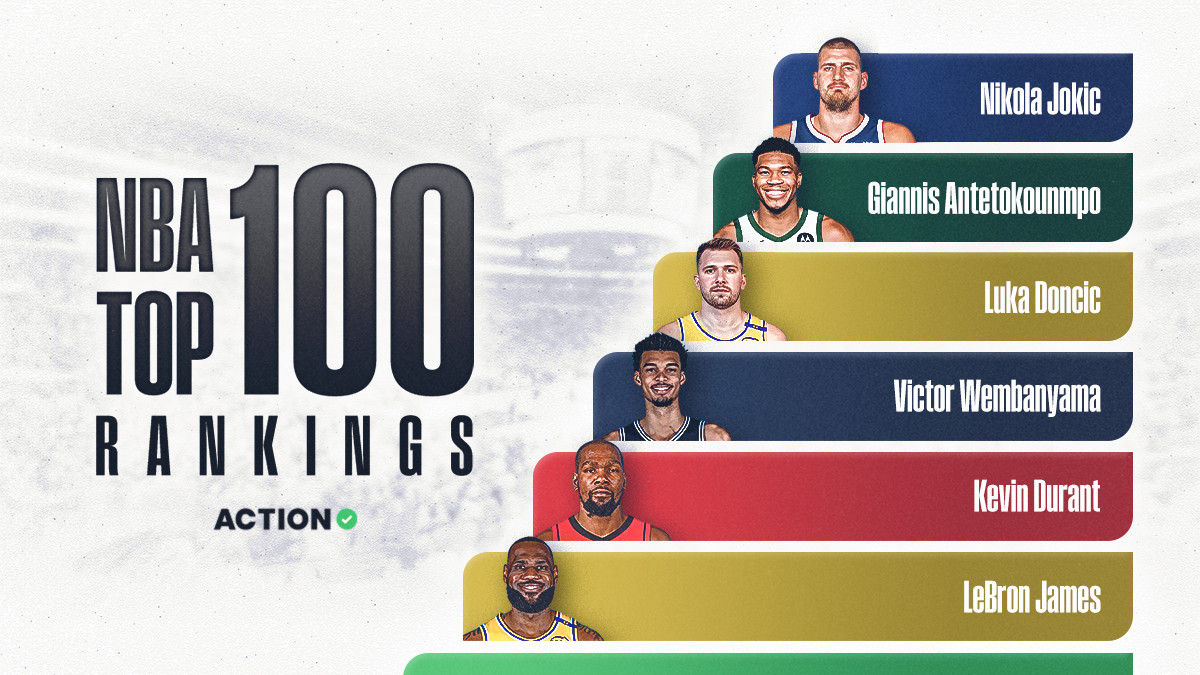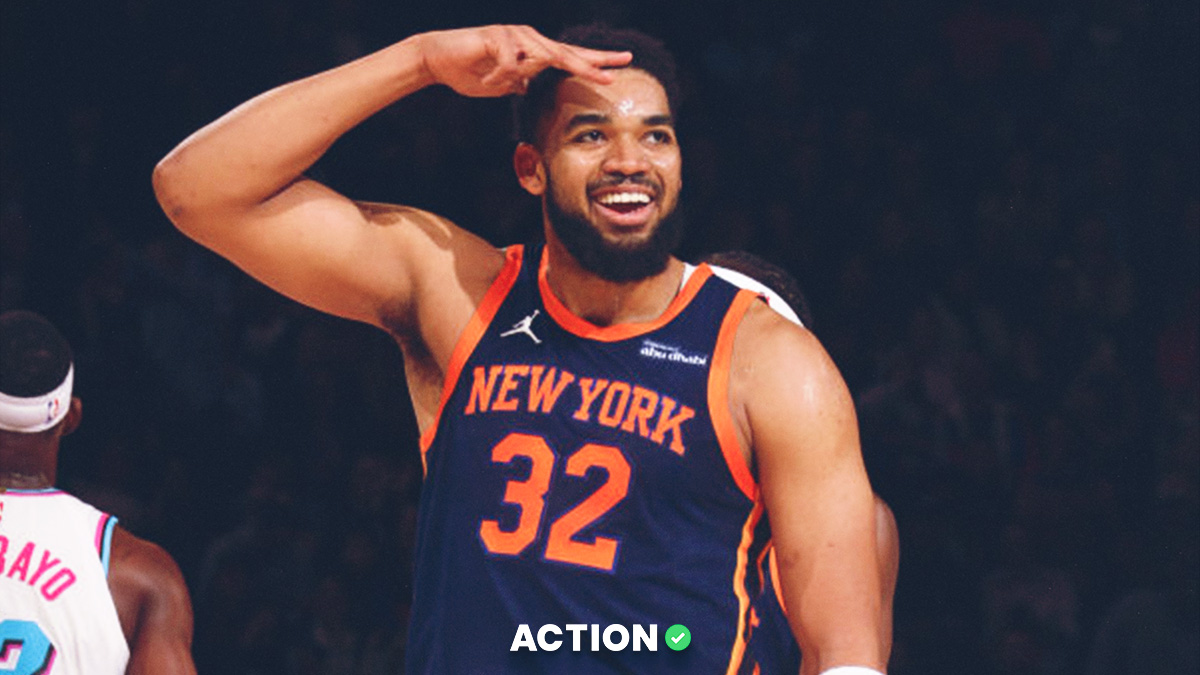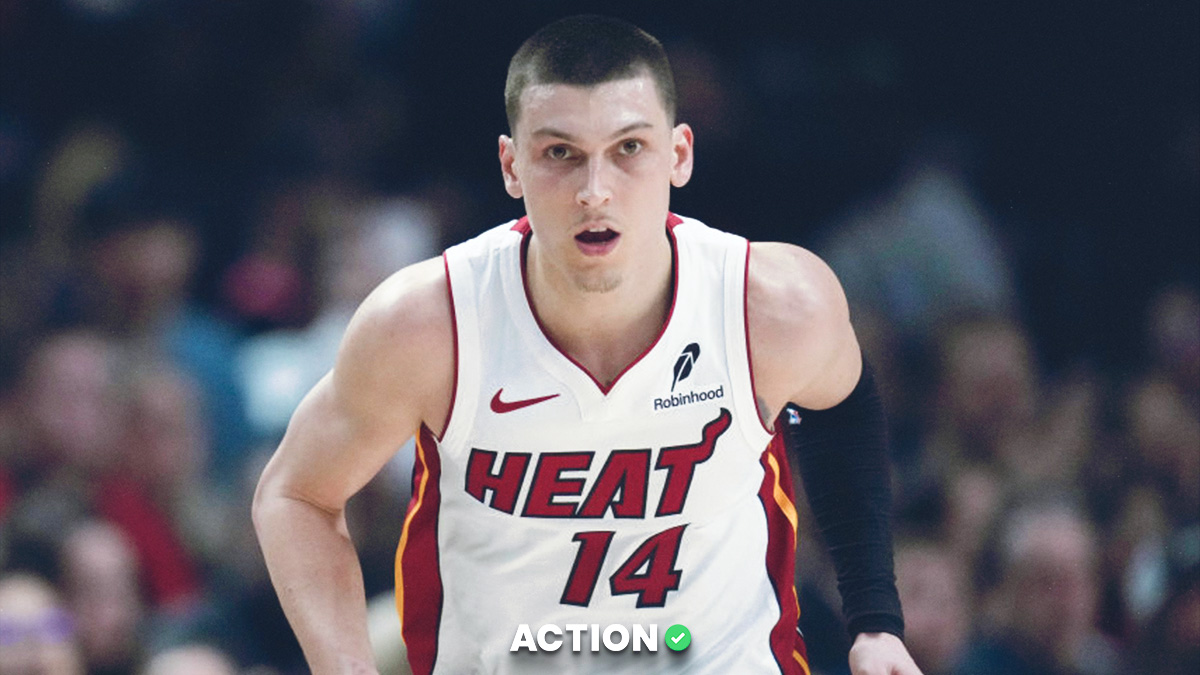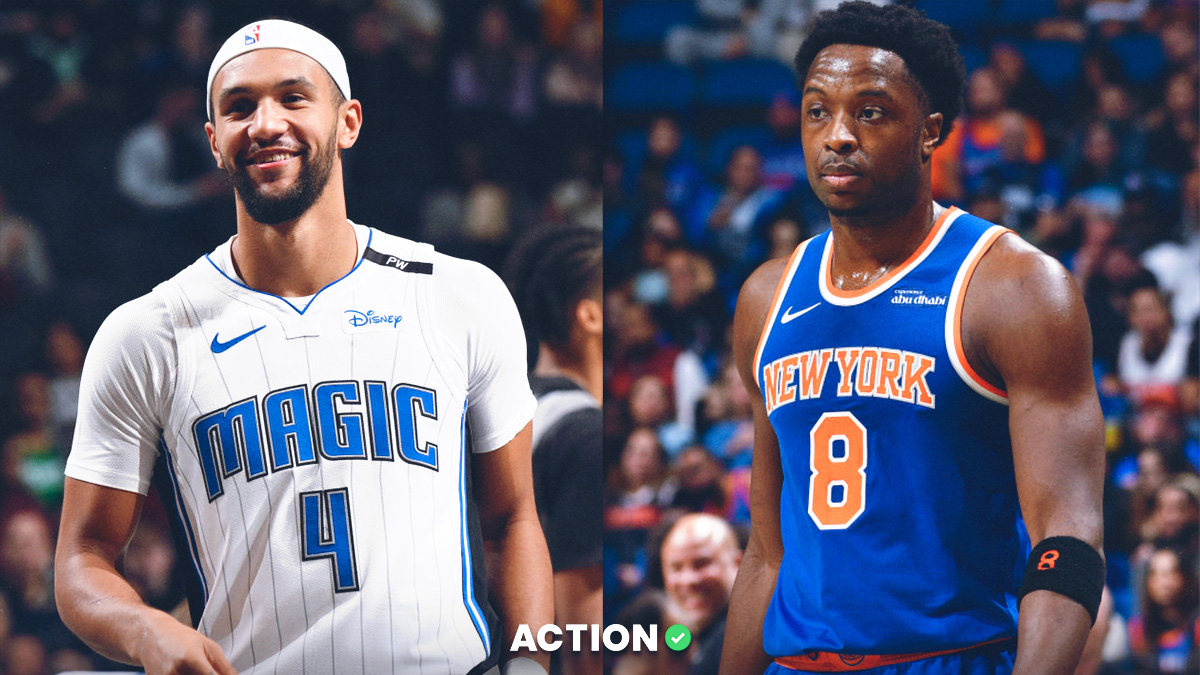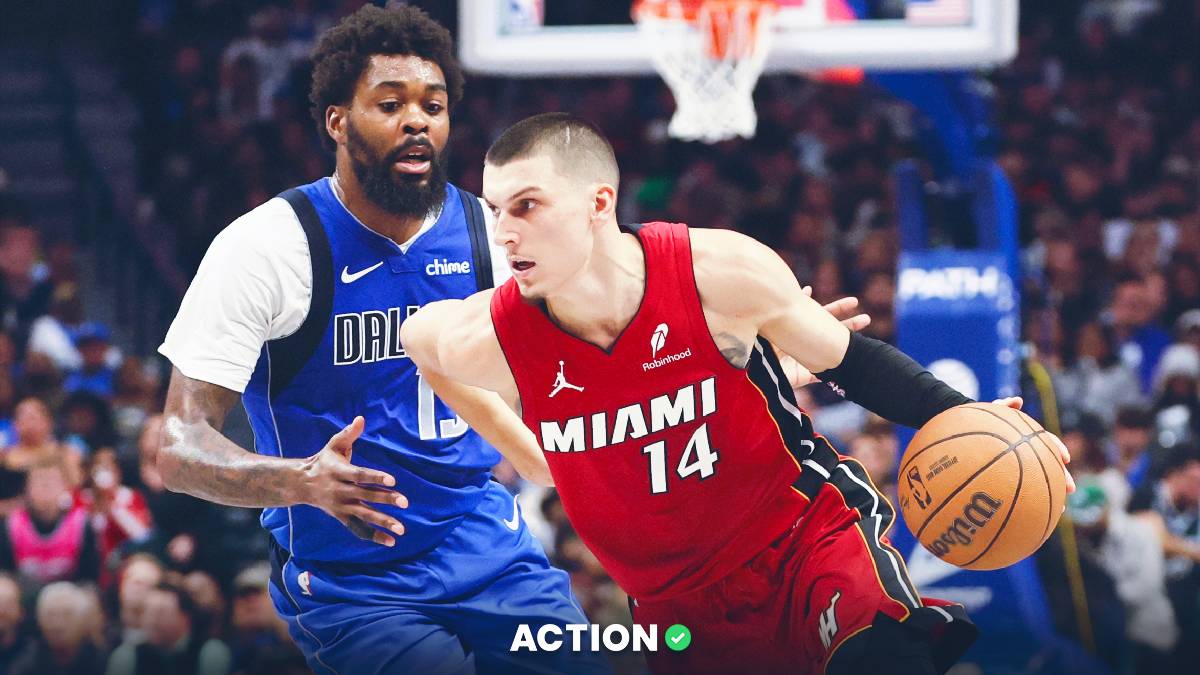THE NBA'S ONGOING PURSUIT of transparency coupled with its embrace of its gaming partners will further shape league policy this season, creating tension with coaches and executives over what teams owe the league, the fans and the betting public.
In-depth discussions with league execs, team front-office personnel and coaches reveal a number of pressure points, one of which came to a head on Friday afternoon when the league officially approved a rule change requiring all starting lineups to be set 30 minutes prior to tip.
The league is looking to satisfy multiple interests with this move, including fair play, respect for players' health privacy and a public looking for the most information possible.
But several skeptical league executives shortened the driving factor behind the NBA's transparency push, in conversations with The Action Network. To quote the sentiment of several executives and coaches:
"It's about gambling. All of it.”
IN AUGUST, THE ACTION NETWORKreported that the league is pursuing changes to the pregame active roster sheet, which is signed by both teams and lists the starting lineups and actives/inactives for the game.
Last season, that report was due 10 minutes prior to the scheduled tipoff time. Two coaches at or familiar with the NBA’s annual coaches summit confirmed to The Action Network that the league proposed moving it to 30 minutes prior to tipoff.
Coaches expressed a preference to have everything set 45 minutes before the game in order to avoid overlap while meeting with their teams. But at the Board of Governors meeting on Friday, the league officially ratified its original 30-minutes-before-tip plan in an effort to "increase transparency for teams, media and fans," according to a league statement.
President of League Operations for the NBA Byron Spruell told Action Network Friday following the vote that the league had conducted a study on starting lineup reporting times, and found that most reports were filed closer to 25 or 30 minutes already, and this move was made in part to be in line with what coaches were already doing. Additionally, the NBA noted that players are often still in warmups 45 minutes prior, meaning a higher likelihood of changes at tipoff, which are still allowed by the new rule.
In regards to enforcement, Spruell said that the league will be "closely monitoring" both when the starters are reported, and how consistently coaches make changes at tipoff to the lineups, and repeat offenders would be contacted by the league office to curtail such efforts.
The NBA anticipated more pushback from coaches on the change, but sources told The Action Network that most of them were fine with moving the announcement back as long as it is consistently enforced. Some coaches were frustrated that when playing on the road, they were required to report their starting lineups well before the home team was asked to. The rule stipulates that both coaches are supposed to release lineups at the same time.
Under the rule change, coaches stressed to The Action Network that the league understands there will be instances in which a player’s status may change if an unexpected ankle turn or re-aggravation of an injury occurs in pregame warmups. No system will be foolproof in guaranteeing a player’s availability.
The move comes alongside a directive toward more transparency under the leadership of Adam Silver. This push has delivered initiatives like the two-minute report and changes to requirements for injury reporting. A few years ago, the league started requiring teams to provide updates by at least 5 p.m. the day before a game (and 1 p.m. the day of in the event of a back-to-back) on the status of players, and to “designate a participation status and identify a specific injury, illness or potential instance of a healthy player resting for any player whose participation in the game may be affected by such injury, illness or rest.”
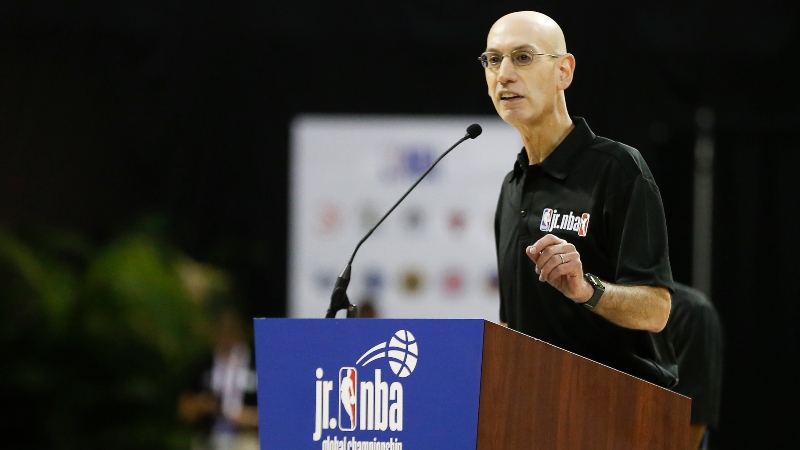
Now, there are real reasons for the league to invest in that kind of transparency. If you’re thinking about taking your family of four to a game and shelling out for tickets, parking and concessions, you deserve to know whether or not a player is going to play that night. Injuries happen, but consumers should know what kind of product they’re buying.
There’s also a good argument to be made that transparency is important for promoting fair play. In order to provide a level playing field, teams should know going in who’s playing and who’s not, an idea that prompted skepticism from sources polled on the subject.
At the same time, these issues will also face some resistance from the players due to the sensitive nature of player health. Players need to share information on their availability and progress with the team, but they also deserve the right to pursue the best path to protecting and improving their health. All of these factors only serve to further complicate efforts the league may pursue in the future.
Regardless of any disagreements in league circles over the need for more transparency, it’s clear many think the NBA’s efforts to monetize a growing interest in wagering on the sport is influencing this particular move.
“The wider the information window is, the more gambling there will be,” a source said. “The more gambling there is on the game, the better viewership will be, and ratings were way down last season.”
NBA local ratings were down four percent last season, via Sports Media Watch, and the playoffs suffered similar drops. (It should be noted that the Conference Finals and NBA Finals broadcasts were impacted by the Raptors playing and the complications with measuring the Canadian audience.)
None of the NBA’s gaming partners specifically requested changes to the league’s injury reporting or policies, per a league spokesman. Scott Butera, President of Interactive Gaming for MGM Resorts, an official league partner, confirmed they have not made official requests to the league on this front.
“We’re not driving that conversation,” Butera told The Action Network. “We do support consistency in injury reporting to the benefit of everyone involved, but it’s a tricky subject that involves both player safety and integrity of the game, both of which are paramount to our concerns.”
Still, Matt Chaprales, PointsBet USA’s head of content, told The Action Network that the changes would benefit NBA bettors by and large, particularly prop bettors.
“Lineup information is obviously paramount to NBA handicapping, and because of the nature of injury or ‘load management’ scratches – which are often announced late – NBA markets can shift drastically just minutes before tipoff,” Chaprales said in a statement. “In many cases, the market will already begin moving before a key player is officially downgraded, which is a testament to the nexus of information professional bettors are privy to.
“It certainly gives recreational bettors an expanded window to process any lineup information and get down on a game. So, it’s reasonable to expect ticket counts on those market-adjusted games to increase as a result. And it would also be a boon to prop bettors, who would have more time to determine how the ripple effect of a key absence may impact the projected production of secondary stars and role players.”
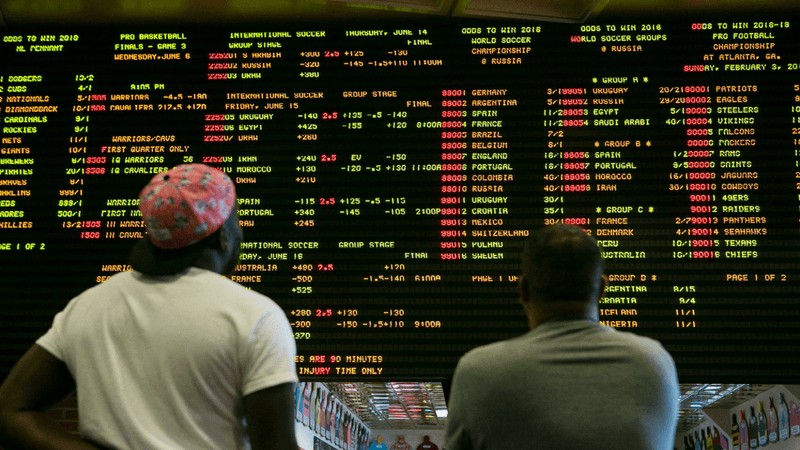
Jeff Sherman, VP of Risk Management at the Westgate Superbook, on the other hand, told The Action Network that most casual bettors bet on their schedule, when it’s convenient for them, so he doesn’t see a drastic change in that. Sherman also believes most sharp bettors are aware of the same information and patterns that the books are, so the additional time to wager with all the necessary information isn’t going to help them much, either.
According to Sherman, the modern media environment means the books are typically already aware of a player’s situation ahead of time. Twitter, in particular, provides constant updates from beat writers at practice and shootarounds, along with on-background reports from agents or the players themselves regarding their availability.
“Over the course of a season, sure, there will always be situations that catch you off guard,” Sherman said, “but for the most part that information is already present in the opening line; we don’t alter much after that official announcement.”
One exec who spoke with The Action Network agreed with Sherman: “You can tell by how they list them at shootaround and the quotes about it, not to mention various sources of intel whether a guy is likely to play or not. There are surprises from time to time, but in the course of an 82-game season it’s not going to make much difference anyway.”
The data supports this assertion. Of a sample of 42 NBA “star” level players, there was no meaningful difference between the ATS performance of teams with stars (49.1% ATS) and without (51.3% ATS). There’s just no signal at all when you’re looking at the closing line, indicating the betting market is extremely efficient at assessing the impact of star players.
Where the true betting edge lies in all this is reacting quickly to major breaking news before books can adjust odds. To that end, three big-money NBA bettors polled by The Action Network declined comment on this story, specifically because of the edge they perceive that they currently hold under the current policies.
In reality, the biggest beneficiary of these changes may be casual DFS players, as adjusting lineups quickly on late injury news has been a huge DFS advantage for pros.
That alone indicates that the current system works against most bettors and DFS players — and those are the very bettors the league needs to become more engaged if it’s going to fully capitalize on the sports betting boom.
Whether or not these changes are driven with that audience solely in mind, these changes and other transparency efforts benefit and cater to gamblers and DFS players. And as long as that’s the case, there’s sure to be tension between the league, its players, coaches and executives as all involved adapt to a new universe.


